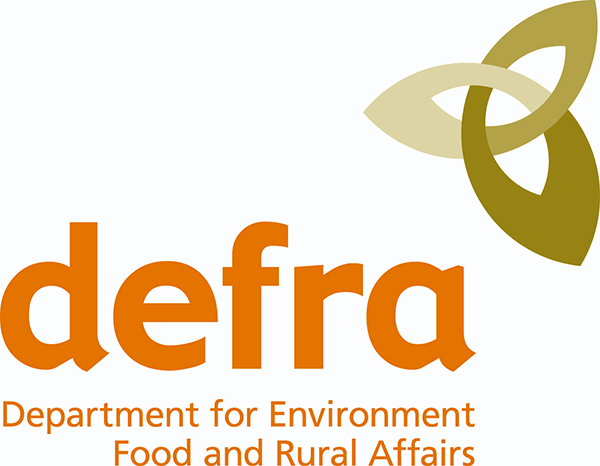Becoming a more efficient Charity through Process Redesign
In the ever-evolving landscape of charitable work, the need for efficiency is more critical than ever. Non-profit organisations, driven by a passion for positive change, often find themselves facing the challenge of optimising their operations to maximise impact. Let’s explore how process redesign can transform charities struggling with red tape and inefficiency into lean, mean, impact-driven machines.
The Efficiency Dilemma
Charities operate in a realm where every second counts, and resources are often stretched to their limits. The traditional methods that once served them well may now be causing bottlenecks, slowing down the pursuit of helping others. This is where process redesign steps onto the scene, offering a chance for charities to re-evaluate, reimagine, and revolutionise their operational strategies and impact potential. .
The Power of Process Redesign in Charities
Streamlining Workflows for Speed
Process redesign in charities is all about identifying inefficiencies, eliminating unnecessary steps, and creating streamlined workflows. Picture it as decluttering your workspace, but for your entire organisation. By cutting out the excess, charities can move at the speed of their passion, responding swiftly to the needs of the communities they serve.
Maximising Resources for Impact
In the charitable world, resources are precious – every penny and every volunteer hour needs to count. Process redesign helps charities make the most of what they have. By optimising resource allocation, organisations can ensure that their efforts generate maximum impact, turning limited resources into boundless change.
Empowering Collaboration across Teams
Collaboration is the secret sauce of impactful charities. Process redesign fosters better communication and collaboration within teams and provides an opportunity to address lingering barriers. When everyone is on the same page, working towards a common goal becomes not just possible but seamless.
Also find out how to design a customer experience strategy for charities.
Overcoming Process Redesign Hurdles in Charities
Sure, process redesign sounds like the hero charities need, but every superhero faces challenges. Here are some tips to navigate the redesign journey:
Embrace Change
Change can be daunting, but it’s the catalyst for progress. Embrace the mindset that process redesign is not just about doing things differently; it’s about doing things better.
Involve Stakeholders
Your team, donors, and beneficiaries – they’re all stakeholders. Engage them in the redesign process. Their insights are invaluable, and their buy-in is crucial for successful implementation.
Continuous Improvement
Process redesign isn’t a one-time fix; it’s an ongoing journey. Regularly evaluate and refine your processes based on feedback, performance metrics, and evolving needs.
Also explore 9 tips to getting your innovation strategy right.
Process redesign is a thread that can weave efficiency and impact together, doing more with less. By embracing the power of redesign, charities can navigate the complexities of their missions with agility, leaving a lasting imprint on the communities they serve. Here’s to efficiency, impact, and the endless possibilities that process redesign unlocks for charities committed to change!
If you want to talk to an expert about how process redesign could positively impact your charity then why not get in touch? We’d be happy to have a conversation.















